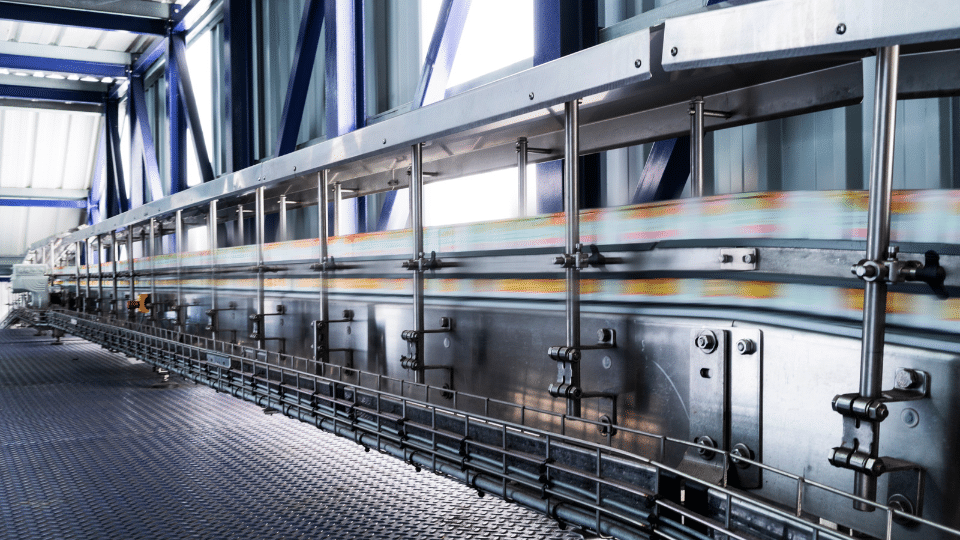
Pricing: The #1 Tool in a Business’ Tool Box
It’s fair to assume that every business has experienced rising costs including wages, ingredients, even utilities. Inflation peaked at 9.1% in June 2022, and while it fell to 6.0% in February 2023, restaurants and food and beverage companies still face a tight labor market and rising costs. How much of the increase in expenses should be passed on to customers? The answer is a balancing act, but pricing is arguably the most important tool in a business’ toolbox.
When a business increases prices, 100% of the increase falls to the bottom line — making it the most powerful tool for improving profitability. Increase sales, and labor and ingredients expenses increase. Cutting labor can reduce customer service levels. Investing in energy efficient new equipment requires, well, an investment. But when a business increases its prices, there is no associated increase in costs, so 100% of the increase falls to the bottom line. That means getting pricing right is one of the most important decisions a business leader can make.
Looking into the details of the February 2023 inflation, total inflation increased 6.0%, while Groceries increased 10.2% and Eating Away from Home increased 8.4%, both well above the average. Food, beverage, and restaurant companies have consistently raised prices, which creates a series of opportunities for companies operating in the F&B industry.
The obvious first opportunity is to raise prices, or more likely, raise them again. Start with studying the competition closely. A current managing director at an investment bank worked as CFO of a restaurant chain early in his career. He regularly engaged in price shopping the competition, an easy exercise that can produce meaningful insights. He identified that the company’s drinks were underpriced, and while raising them 10 to 20 cents was a battle with the operators, the ensuring year had record profits. It pays to understand the competitors’ prices –if there’s room for a price increase, join the competition and raise prices.
In General Mills’ recent earnings release, pricing / mix over the last nine months was up 16% while volume was down 3%, resulting in a 12% increase in sales. General Mills not only raised prices aggressively but is also selling higher price goods (i.e., mix) while suffering a 3% decline in volume. Looking further into the details, their North American Retail and North American Foodservice increased pricing/mix by 19% and 18%, respectively. For companies competing with General Mills, that leaves significant room to increase prices.
The downside to raising prices is going too high and the resulting loss of market share. When a company increases pricing too aggressively, it creates an opportunity for competitors to grab share. Look at the rise of private label products. As grocery prices soared over the past year, discount retailers like Aldi– where 90% of its packaged goods are private label–seized the opportunity to attract new customers as consumers traded down from store brands. In 2022, foot traffic at Aldi stores across the U.S. jumped 10.5% year over year, while visits to mainstream grocers were close to flat. Aldi often displays its own brands next to national brands, showing the stark price differences, which only strengthens the allure of the retailer’s private label offerings. The series of aggressive price increases among consumer-packaged goods companies enabled discounters like Aldi, Lidl, and Trader Joe’s to capture greater market share with their value model. Push too hard and competitors can benefit.
Factoring in the level of competition can inform pricing decisions. If a business has numerous competitors, some will raise prices while others will focus on gaining new customers. In this situation, a business will want to recover its increased expenses, but if it raises prices too much, it risks losing market share. If a business has fewer competitors, joining the others in a price increase can be a tide that raises all boats.
In conclusion, there’s the adage “Pigs get fat, hogs get slaughtered”. In other words, this inflationary environment presents an excellent opportunity to raise prices — and raising prices can dramatically affect profitability. However, remember that if a business gets too aggressive, it opens the door for competitors to pick off its customers.
Why does this matter if considering an M&A transaction? Profitability serves as the best proxy for how well a company is performing and is the basis for assigning a multiple that a buyer is willing to pay. While “grow or die” is an axiom for many businesses in driving its strategy and while growth is important, profit trumps revenue when selling a business. Price wisely and a business can maximize its enterprise value at a sale.
Jim Sowers and Barry Calogero are Managing Directors at Focus Investment Banking, where they specialize in the Food & Beverage industries and represent clients interested in selling their business or acquiring other businesses.













